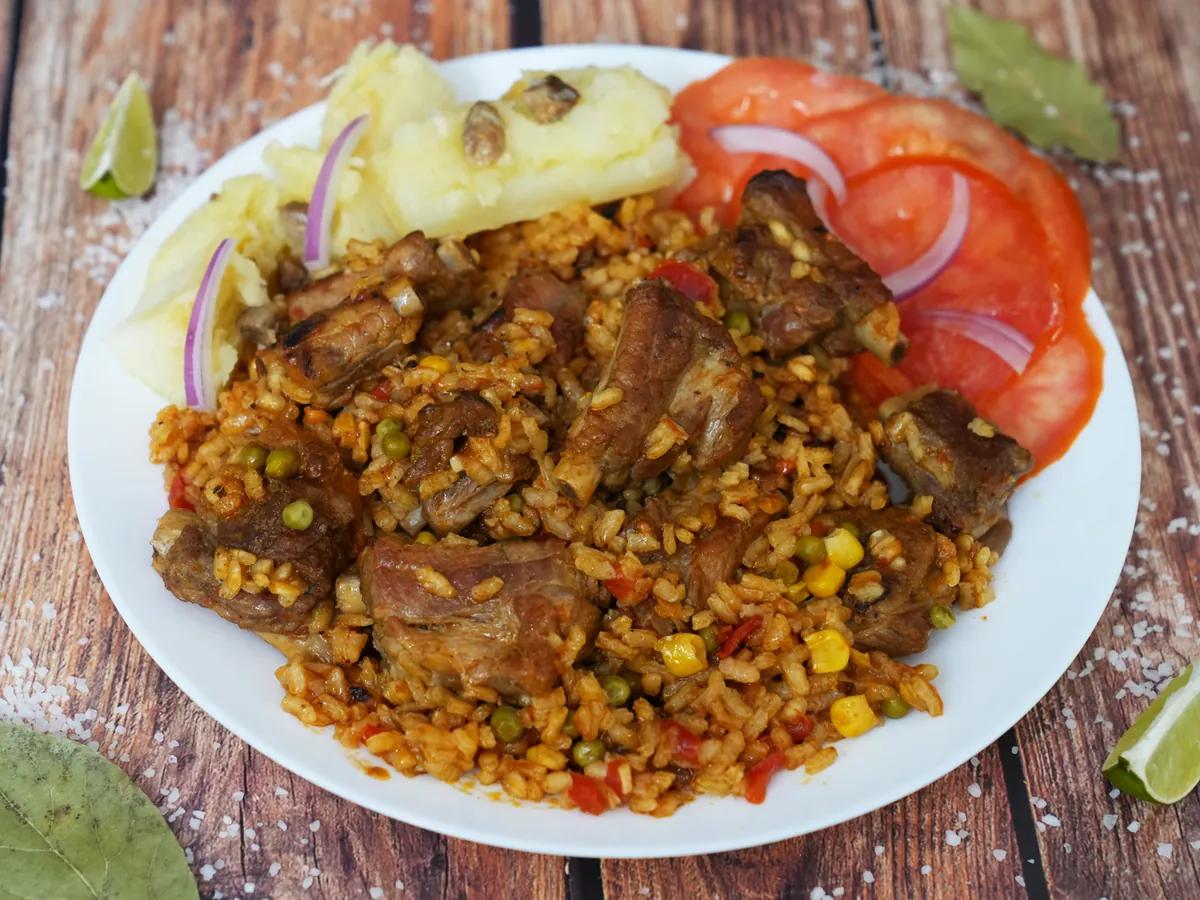Flavors of the Island: The Art and Tradition of Cuban Cuisine
Cuban gastronomy is a vibrant cultural fusion, where humble ingredients are transformed into dishes full of flavor and history. Classics like shredded beef, arroz con pollo, roast pork, and rice and beans represent the culinary heart of Cuba.

Cuban cuisine captivates the senses with a unique blend of flavors, history, and tradition. More than just a combination of native ingredients, its gastronomy is the result of centuries of cultural exchange and creativity. Each Cuban dish intertwines Spanish, African, Caribbean, and even Asian roots, offering a feast where cultural blending takes center stage.
Primarily influenced by Spanish and African cooking, Cuban cuisine uses staple ingredients such as rice, black beans, pork, chicken, plantains, cassava, and various spices. One of the most iconic dishes is shredded beef, made with shredded beef, tomato, peppers, and spices. Its name refers to the dish's appearance, but its flavor is anything but simple: it's intense and full of nuances, representing Cuba's national identity.
Another essential recipe is arroz con pollo, popular at family celebrations. It is distinguished by its yellow color, achieved with annatto, and its creamy texture. At parties, roast pork is a must—pork marinated and slowly cooked, basted multiple times with mojo sauce: a traditional garlic, sour orange, and herb sauce. This dish symbolizes community and joy and is typically served alongside cassava with mojo sauce, a staple at Cuban festive gatherings.
Beans are an indispensable component of the Cuban table, whether in the form of black beans or the combination of rice and beans, where white rice and black beans are mixed, giving the dish a historical significance that evokes the coexistence of cultures. Congri, on the other hand, is usually prepared with rice and red beans and is typical of the island's eastern region.
Cuban cuisine would not be complete without mentioning crispy beef—shredded beef fried until crispy—ground beef hash—ground beef cooked with raisins, olives, and spices—and tamales, corn dough stuffed with meat, cooked in corn husks, and almost always served with mojo sauce.
Finally, for dessert lovers, pumpkin flan stands out among the sweets: a smooth and creamy recipe made with condensed milk, pumpkin, and vanilla.
In summary, Cuban cuisine goes beyond ingredients or recipes: it is a reflection of the history, resilience, and joy of the Cuban people. Each bite tells a story, inviting those who taste it to become part of the island's festive and familial spirit.